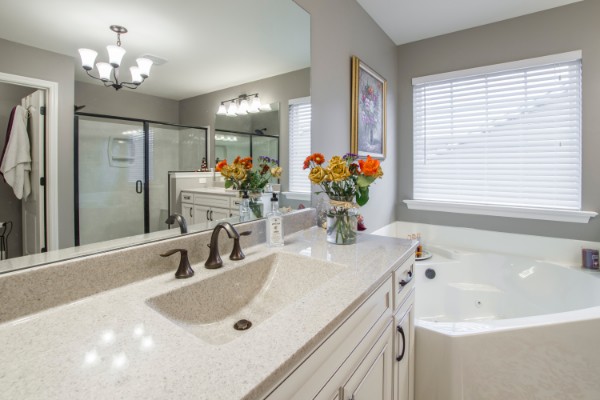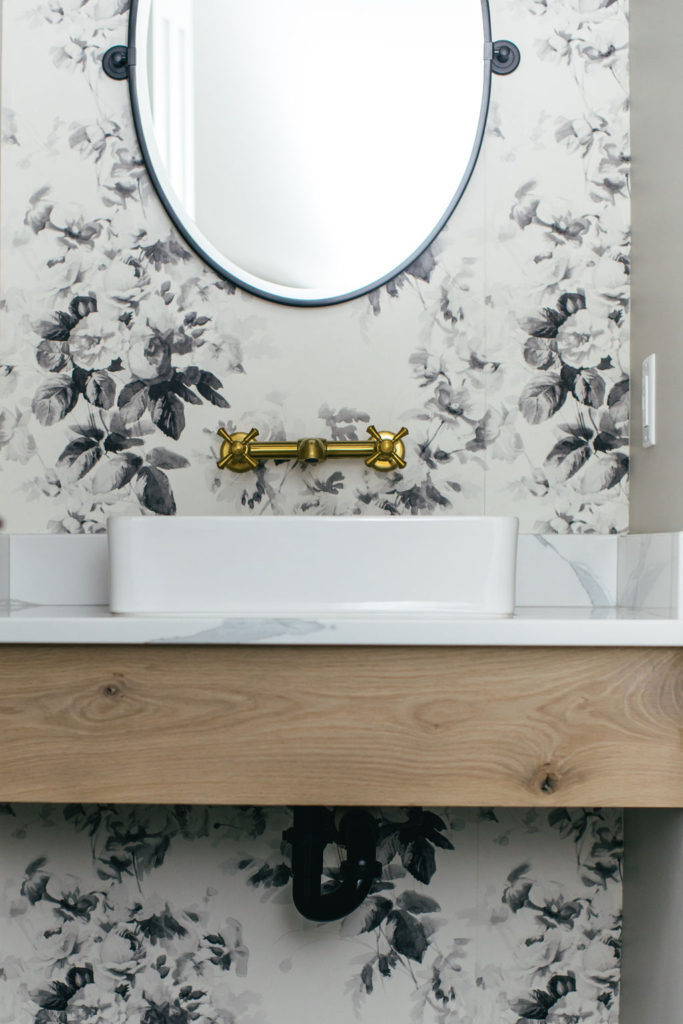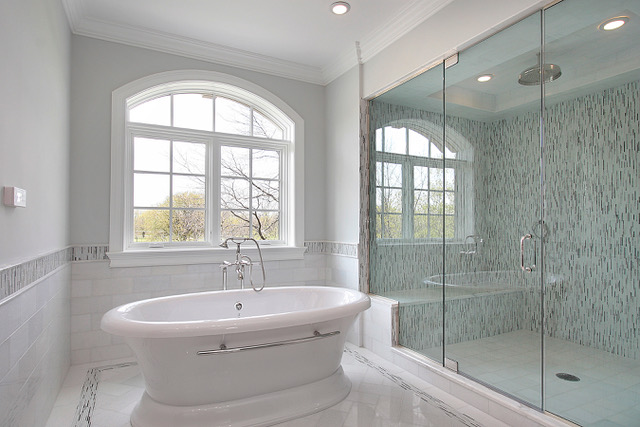Things to Consider Before Building
So, you’re thinking about setting out to build your own tiny home or structure. Congrats! “But how do I get started?” People email me with this question all the time, and rightfully so. I mean, who wants to blindly jump into the alligator-infested pit of peril when it comes to building or designing a structure for the very first (or even fiftieth) time? There are so many things that can go wrong, not to mention how long it can take and how much it can cost.
Unfortunately, there is no short answer to this question, and because I’d like to stay in the good graces of my wife, spend some time with my kids, and do the things I need to do for a living, I can’t always give a satisfactory response. So here’s a cheat sheet, of sorts, to help you feel a bit more ready for the jump ahead. After all, rushing into a project without thorough contemplation, daydreaming, and planning could be one of the more expensive mistakes you’ll ever make. Take your time. Do it right. It’s not a race
KNOW YOUR SITE. In addition to finding out if your build will be allowed on whatever piece of property you’re dealing with, make sure you understand the natural and/or legal restrictions of your site. Are there any wetlands that you can’t build near? Are there seasonal washes or floods in the area? Where will the arc of the sun pass in relation to where you’ll position the build, and where do you want your windows to be (or not be) to take advantage of that? And so on
DOWNSIZE, STARTING NOW. If you’re transitioning to living in a tiny house full-time, you’ll want to start whittling down your possessions (that is, unless you want to keep everything and spend a fortune on storage). Downsizing isn’t an overnight endeavor. It’s personal, painstaking, and tough, and it will take you three times as long as you think it will.
GATHER MATERIALS. If you plan on building with salvaged materials, start looking for and saving them now. You’ll need lots of time and patience because you will not find your ingredients overnight — I promise you. I will also add a warning that planning and harvesting too much too early results in the cumbersome chores of storing, keeping track of, and maintaining your goods. The ol’ pile with a tarp over it won’t stay tarped for long. It will also look awful in your yard and possibly annoy close neighbors.
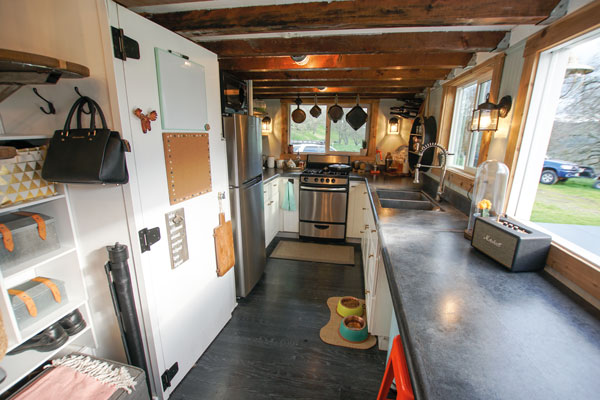
Complete guide to building a house
Many housing markets are tight and prices are rising. You might be considering building vs buying a home.
Cost of building vs buying a home — you may be able to acquire instant equity by building
Timing — it can take a few months to over a year to complete your build
Stress — 12 percent of couples surveyed by Houzz claimed that home construction caused separation or divorce
Cost to buy versus cost to build
The idea of building a new home might scare you, because you believe it’s the pricier option. But, depending on location and home features, the cost of building a house is comparable to buying an existing home.
Costs range between $151,987 – $422,025, averaging $286,075. Based on September 2017 numbers, the average resale price of a home is $287,700. Keep in mind the fact that existing or “used” homes may have some wear and lack the latest conveniences and efficiencies.
Costs of building a house
You control the out-of-pocket costs for building a house by creating an affordable budget. Once you know what you can spend, work with a reputable builder who knows the area and who can tell you what you can and can’t afford to include in your new house.
Begin with the basic essentials, adding a ten percent cushion for cost overruns. If you can afford additional amenities, add them in. The builder should include a description of materials and a cost breakdown, which you’ll need when you apply for a construction loan.
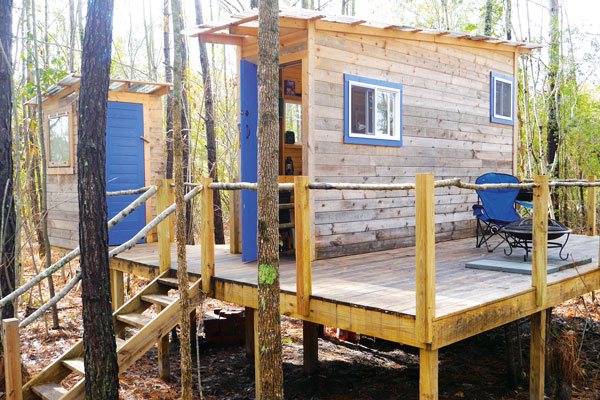
The last two times this happened, homebuilding stocks rallied double digits: Chart analyst
“A lot of people forget because of the way the tech stocks have acted recently that most of the market has been stuck in a sideways range for the last couple of weeks, and the ITB has been no different,” he said
After the sentiment report, it is now “breaking out to the upside” and adding to a series of higher lows and higher highs, both encouraging signs for chart analysts
“On top of that, we have the ITB experiencing a golden cross. That, of course, is when a rising 50-day moving average crosses above a rising 200-day moving average,” he said. “The last two times that happened — in 2019 and 2017 — the group rallied another 60% and 40%, respectively. So, on a long-term basis, that’s very, very bullish as well.”
“Lumber tends to be a good leading indicator for the housing stocks, so, you may see a little bit of a pullback here over the very near term,” he said. “But right now, on a technical basis, anyway, the group looks very, very good.”
“One is that interest rates will be lower for longer, which will help affordability,” he said in the same “Trading Nation” interview.
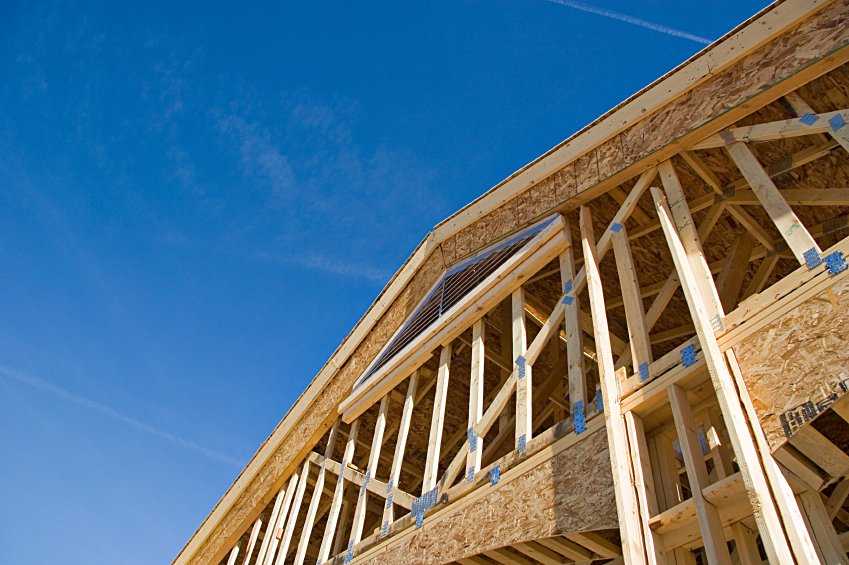
REASONS WHY YOU SHOULD USE A REALTOR TO PURCHASE A NEW CONSTRUCTION HOME
Building your dream home from the ground up can be exciting. You get to choose your lot, the floor plan, the exterior design, the interior finishes and any upgrades. But it’s a common misconception when you’re buying a new constructed home that you don’t need to work with a Realtor
The sales agent works for the builder. When you walk into a model home, the friendly salesperson who greets you is employed by the builde
Your real estate agent is your advocate. Your Realtor is obligated to work toward your best interest. “Working with a Realtor, gives the client another advocate to help protect their interests,”
Hiring a Realtor comes at no cost to you. When working with builders, there is no additional cost for working with a Realtor. The builder will pay your agent’s sales commission.
An agent can help you choose the right builder and neighborhood. “An experienced realtor can show you what the neighborhood values are currently for resale, which will help give you perspective when it comes to building your house, so you’re not necessarily over-building for the neighborhood – at least, not without knowing that you’re doing so,”
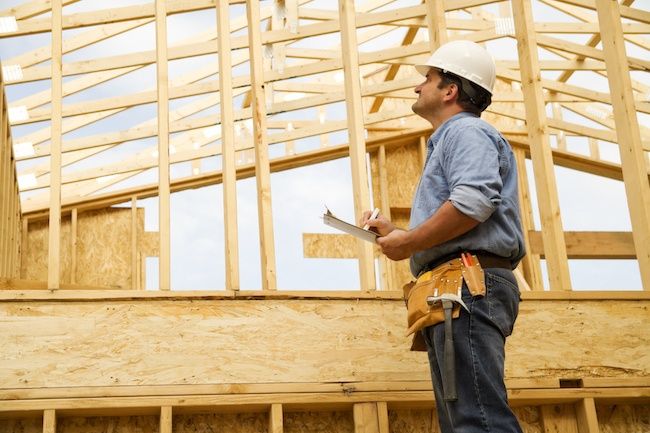
How Much Does It Cost To Build A House? An In-Depth Look
Shopping for your dream home can be exhausting. It’s difficult to find a pre-existing home that meets all your needs while checking off every single item on your wish list. In the end, you’re likely going to have to give up some of your must-haves in order to get into a home that works for you.
That’s why some people prefer to take matters into their own hands. While building your own home means you have full control over every aspect that goes into it, that freedom isn’t free.
But with the average sales price of existing homes approaching the $300,000 mark, aspiring homeowners might be wondering if building their own home from scratch could save them a little cash while ensuring they get exactly what they want.
an online marketplace that connects homeowners with home improvement professionals, the average cost to build a new house is a little over $290,000. But that cost can vary greatly. They go on to report that the average cost of building a house is around $147,000 to as much as $436,000.
Main Steps Of Building A House
If you’re just dipping your toe into the world of home construction, you may be wondering what the project will entail. But don’t stress yourself out unnecessarily. Just take it one step at a time.
